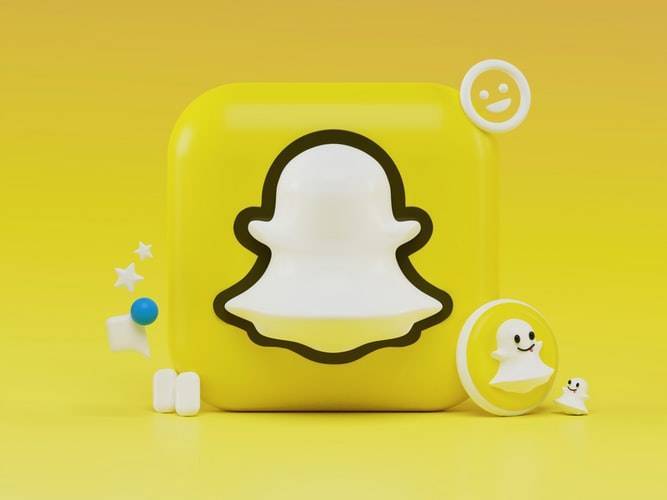As part of its recent product showcase, Google previewed the upcoming Quick Tap to Snap feature for Pixel 6 and Pixel 6 Pro devices, allowing users to capture photos or videos on Snapchat directly from the lock screen. By using the double-tap feature on the back of the Pixel phone, users can access Snapchat's camera directly if the app is installed. Snapchat stated: "We are making the Snapchat camera accessible for the first time directly from the phone's lock screen." By tapping the back of your phone, you can create snaps and utilize lenses right from the lock screen without needing to unlock your device. Once your snap is ready to share, you will need to log in to your phone to unlock the full app experience directly. You will still need to log in to your device to send the snaps. However, this is a significant acknowledgment of Snapchat's value, as the feature is integrated directly into the phone, simplifying content creation.
It seems that Google aims to leverage Snapchat's credibility to sell more Pixel phones. Regardless, this is another valuable partnership for Snapchat, which is also forming strong ties with Apple regarding the latest augmented reality tools and processes. Snapchat mentioned: "We are also collaborating with Google to launch exclusive augmented reality lenses, as well as supporting some Pixel features, such as Ultra Wide Angle and real-time translation within the Snapchat camera and chat on Pixel 6 and Pixel 6 Pro." You can capture wide-angle shots and also communicate with your friends in more than 10 languages, translating conversations in real-time.
Google adds new integration with Snapchat, emphasizing Snapchat's growing presence as a major augmented reality provider, with direct links now to the largest mobile operating system developers on the planet. This could help Snapchat facilitate the next phase of AR connectivity better. AR glasses will likely require a mobile device connection to enable full functionality. Apple is developing augmented reality glasses, and reports last month indicated that its glasses might wirelessly connect to a phone or similar device to gain advanced features. This could pose a hurdle for Facebook’s augmented reality device, meaning Facebook must either create larger glasses or launch a phone or something similar. Meanwhile, Apple and Google can rely on existing iOS and Android devices to power augmented reality glasses. If Snapchat can solidify its relationship with both companies, it could pave the way for a more advanced version of Spectacles in the not-so-distant future.




